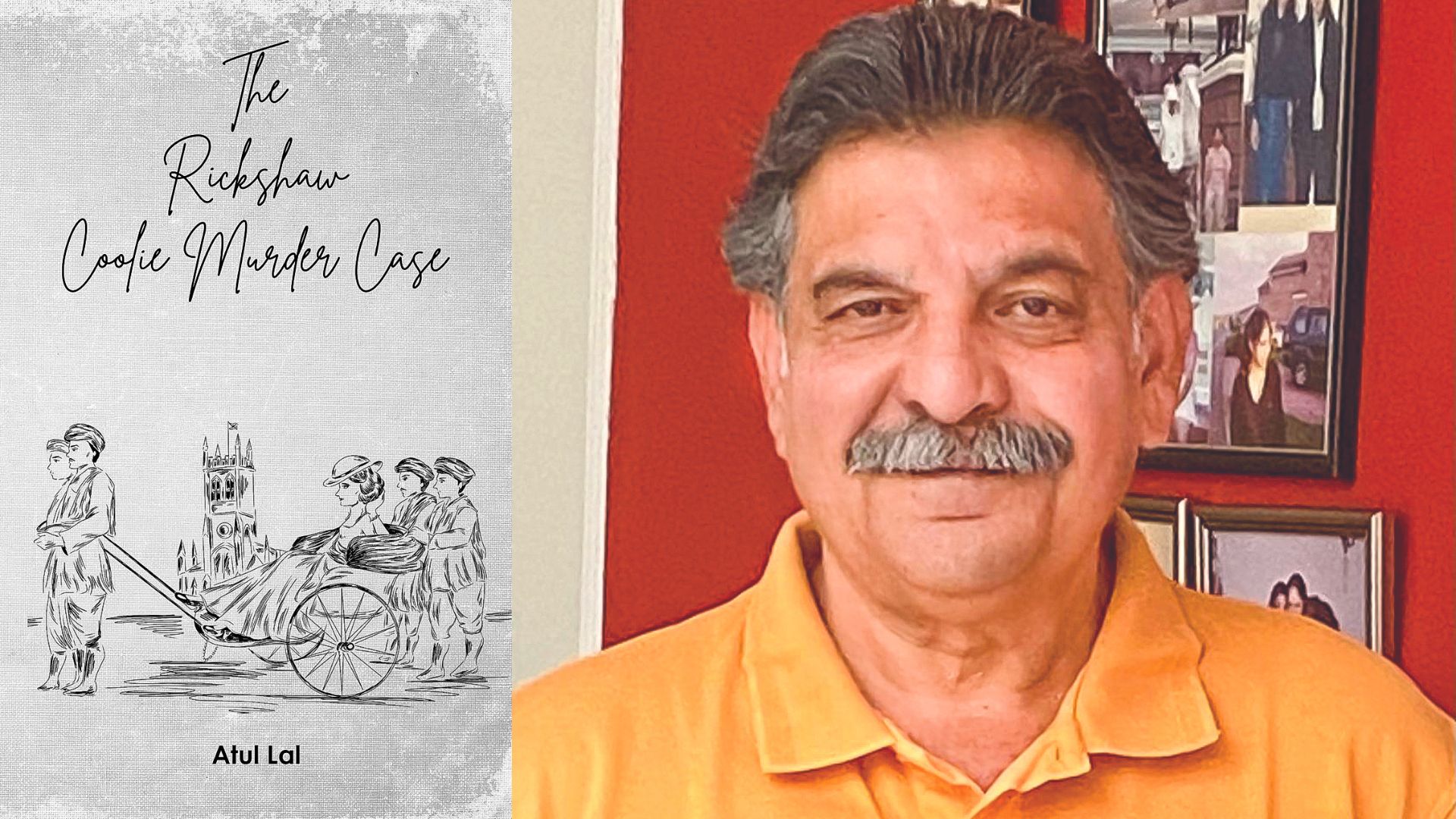


Atul Lal, a former IT executive with almost thirty years of experience, was accustomed to donning suits and traversing the globe for work. However, in 2008, he decided to bid farewell to his corporate lifestyle, including his collection of suits, and embarked on a personal journey to reconnect with his origins in Garli, his ancestral village nestled in the picturesque landscape of Himachal Pradesh, India.
Q. What inspired you to write a novel based on true events from British India in 1925?
A. This story simply had to be told. It’s an unbelievable story. The fact that such a story happened. In a time when it shouldn’t have happened. How it happened. And finally, how success was achieved against all odds.
Q. What kind of research did you undertake to ensure historical accuracy in your novel?
A. My book lists around 40 references which took 5 years to research, cross check and validate through as many sources as I could for accuracy.
Q. For the events, I relied upon the newspaper archives, the National and British Archives, parliamentary proceedings, etc
A. For the personalities, their genealogies, obituaries, articles, social diaries, military and civil gazettes. Except for the antagonist and the victim, I have photos of virtually all the characters in this story.
Q. How did you come across the story of the Rickshaw Coolie Murder Case?
A. Purely by accident. In 2008 Saroj Thakur wrote a piece about this story. I paid attention when Mr MJ Akbar mentioned this incident in his review https://openthemagazine.com/columns/the-case-of-the-rickshaw-coolie-murder/) of Pamela Kanwars Book titled” Imperial Simla: The Political Culture of the Raj”
Q. What challenges did you face in bringing this story to life? How do you tell a story of a time, of a place and of events that you know nothing about, especially when you don’t even know how to tell a story?
A. It was a story that had been relayed by word of mouth, which obviously had gone through several variations. There were so many unanswered questions. Eliciting the motivations as to why people did what they did and why this case became so prominent and sought after. There were a lot of “whys” that needed to be answered. There are technicalities in the case. Medical, legal, criminal, and most importantly, what goes through a judge’s mind when deciding on a matter. Then comes building the story. Thanks to the archives, we found out what happened. The trick was to read between the lines to imagine what could have happened before and after those events.
Q. Can you discuss the significance of Lala Mohan Lal’s character in the story?
A. As Vice President of the Simla Municipality, he was responsible for rickshaw transport matters. So, when a rickshaw coolie died, they naturally went to him for justice.
By virtue of being a Member of the Punjab Legislative Council, he could prevail upon the police to register an FIR.
By virtue of his influence and perseverance, he could counter all the tampering and manipulative strategies deployed by the Administration to protect their man.
In essence, Lala Mohan Lal is the reason this case happened in the first place. He is also the reason that the case was seen to conclusion.
Q. What themes or messages do you hope readers will take away from your book?
A. Life is hard and will throw challenges at you. If you are in the right, you must persevere. Obstacles are meant to be overcome. One must not lose hope
Q. Did you encounter any surprising or unexpected discoveries while writing this novel?
A. That section 302 did not apply to Europeans in those times. That Lala Mohan Lal spent a majority of his time in the legislative assembly fighting the cause for the impoverished, women education and untouchability.
Q. How do you think the events depicted in your book resonate with contemporary issues?
A. My prologue starts with the sentence “Powerful people are often held to a different standard, or at least, they expect to be. Always protected and rarely punished, rules don’t seem to apply to them”. I think we can still see instances of these around us even today.
Q. What was your process like in balancing historical accuracy with storytelling?
A. Artistic license is a welcome reprieve when the story becomes boring to the writer! One has compromised accuracy for effect, and for adding some tension to the story. However, one has not deviated from the facts of the story.
Q. Are there any particular characters or scenes in the book that hold special significance to you personally?
A. Absolutely! Lala Mohan Lal is my grandfather.